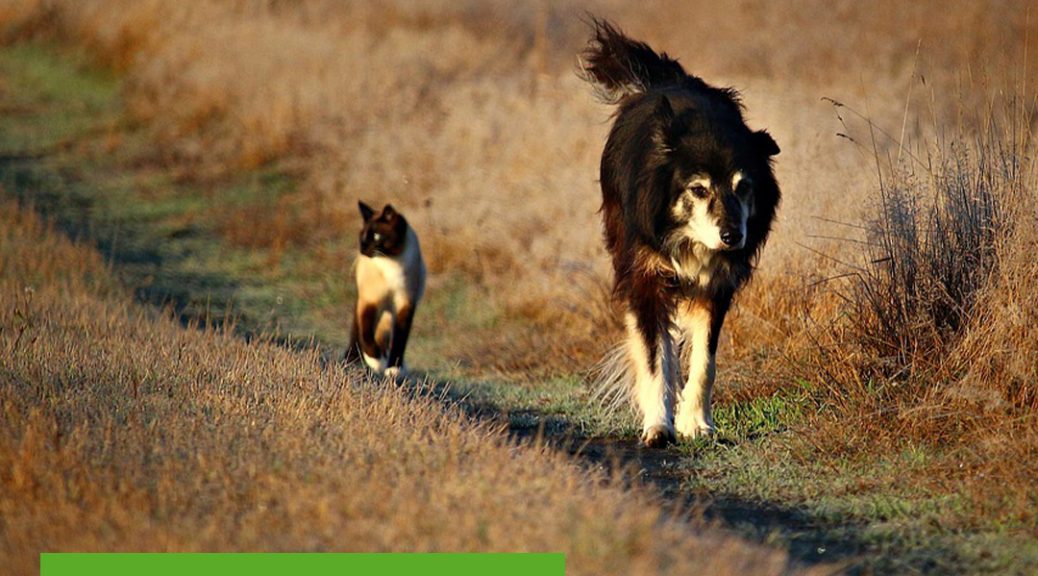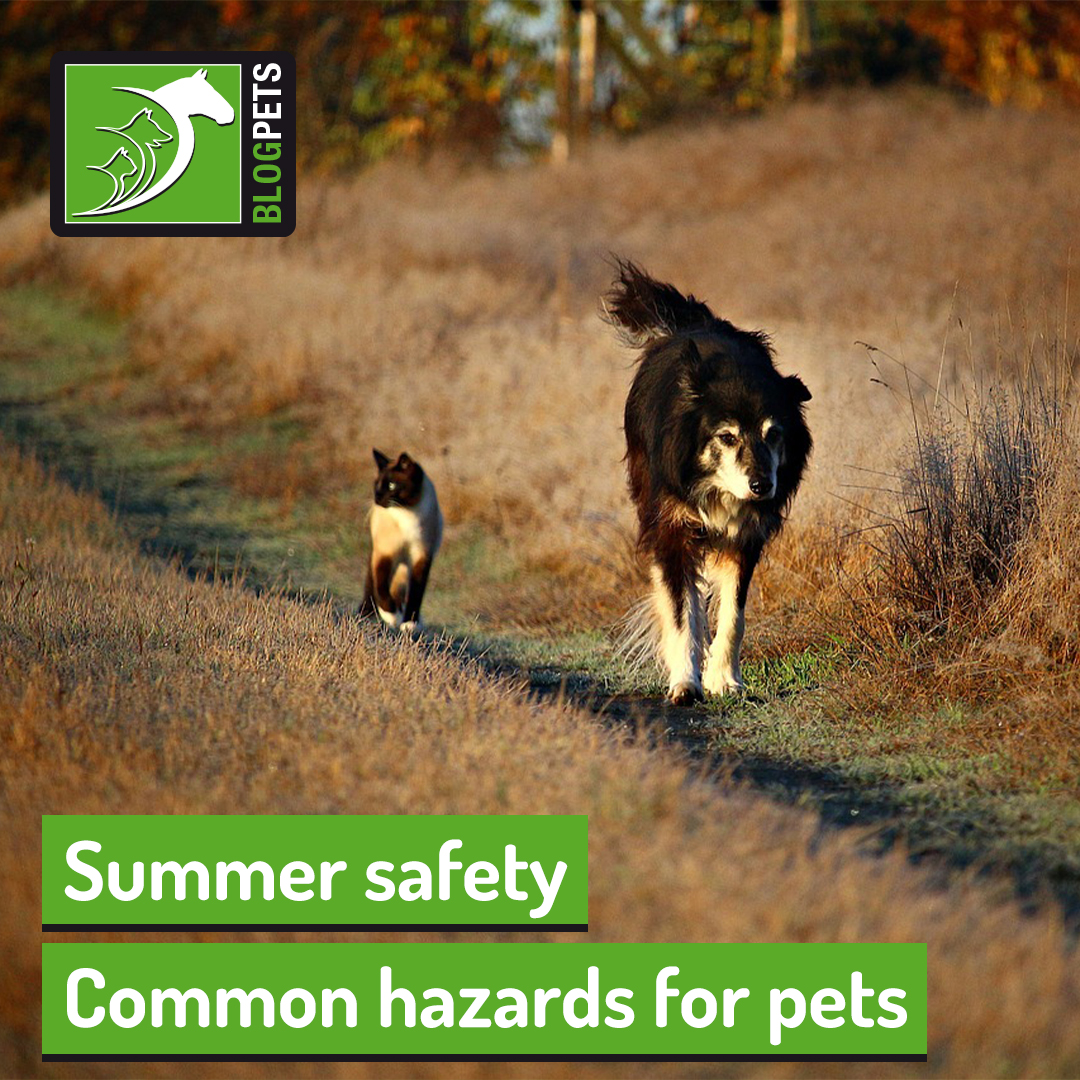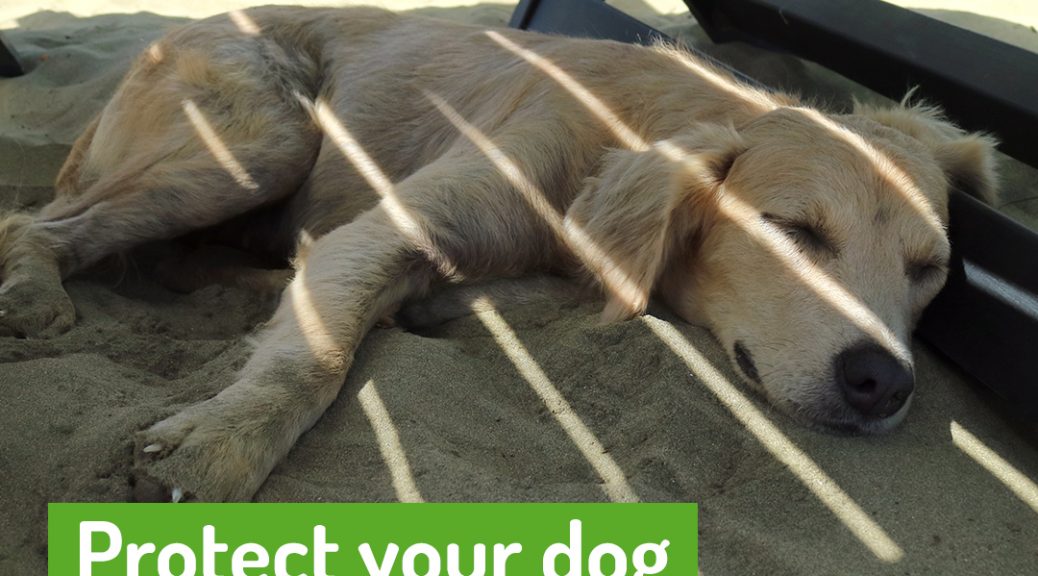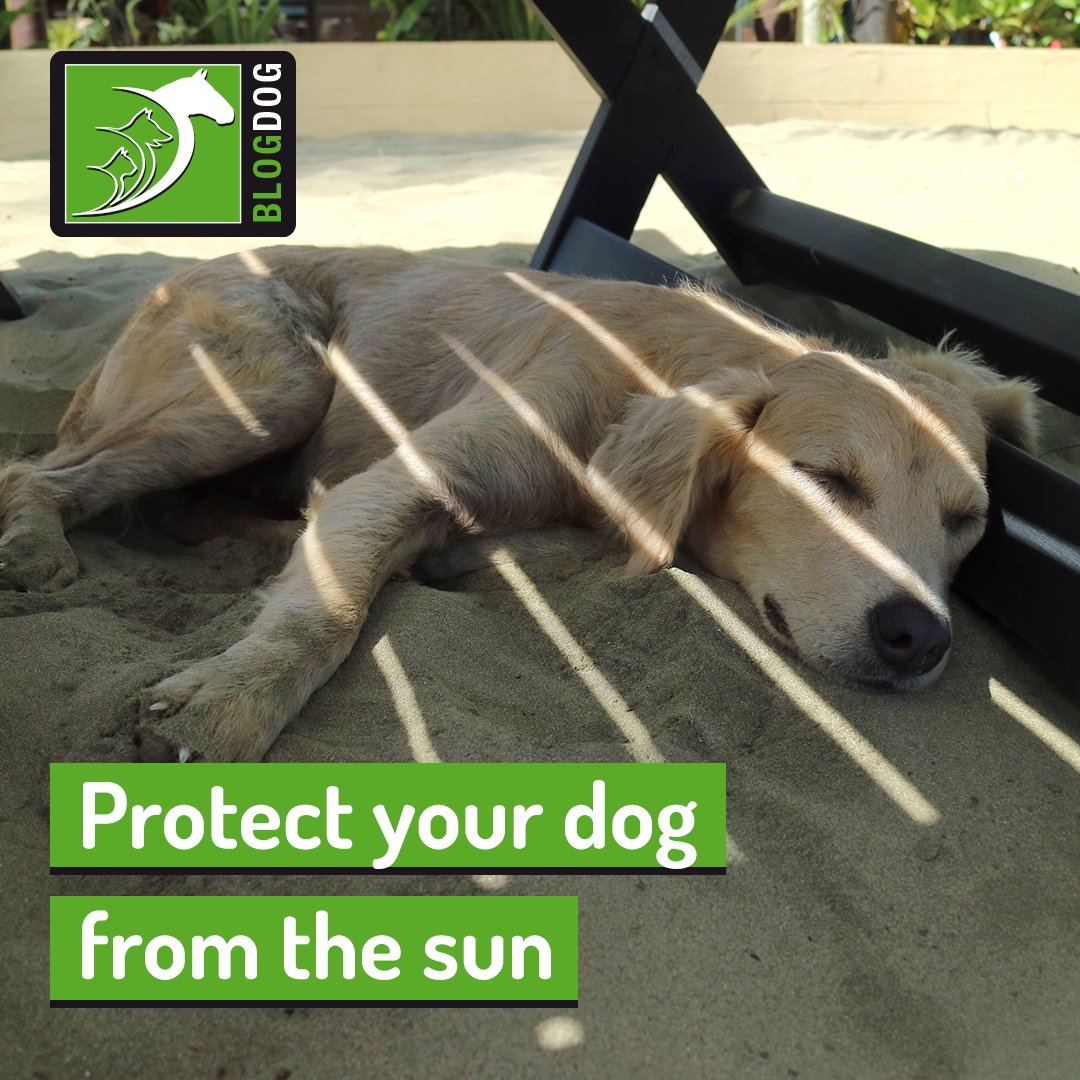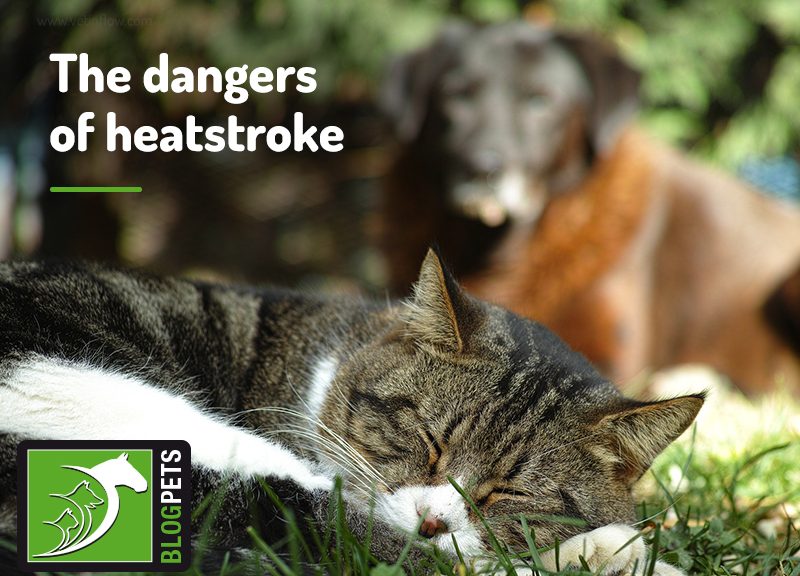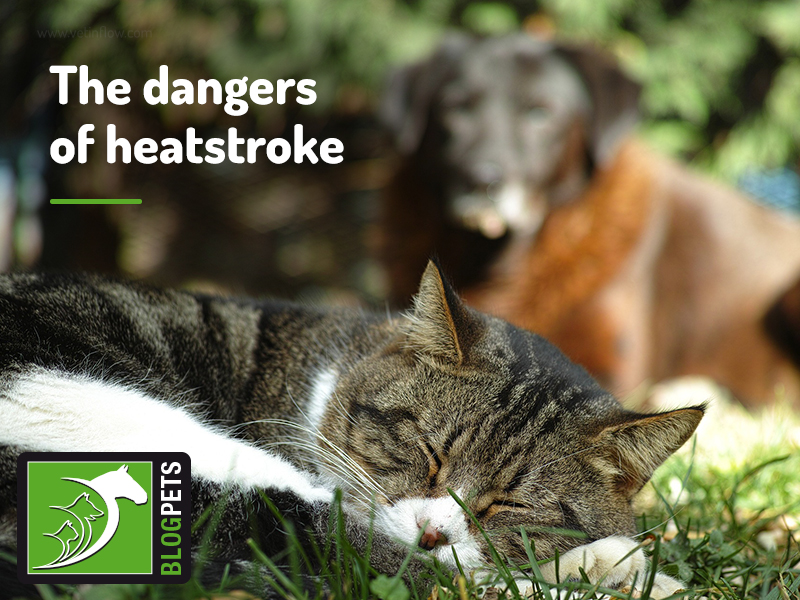Summer is here, and it usually means it is time to take a break, relax and enjoy the weather!
If you often include your pets in your summer plans, keep reading our blog to make sure that they are kept safe and protected against common hazards.
Heatstroke
Heatstroke had to be first on our list as it is not as uncommon as one would wish and can be fatal in a matter of minutes.
Heatstroke happens due to our pets’ inability to deal with excessive heat.
When the temperature rises, dogs dissipate heat mainly through panting, and this is often not enough to help them cool down. This is why it is so important not to expose them to hot temperatures for too long, as they will not physically be able to cool down effectively. And when we say hot temperatures, 20ºC may be enough, depending on other factors and conditions!
Common signs of heatstroke include:
- Excessive panting and difficulty breathing
- Excessive salivation and vomiting
- Looking lethargic or collapsing
If you recognise any of these, contact your vets immediately, as your pet will need medical assistance. Make sure to move them to a shaded, cool area, pour water over them to help bring their temperature down, use towels soaked in cold water and follow any other instructions that your vet might give you.
This means that preventing heatstroke is key, especially during summer. Here are some ways you can do it:
- Do not leave your pets unattended in hot, poorly aired spaces, such as parked cars and conservatories
- Throughout the day, make sure that your pets have access to and are drinking water
- Avoid taking your pets out during the hottest hours of the day
- Be mindful of pets who are more prone to suffer from heatstroke, such as flat-faced breeds, thick-coated pets, and those who suffer from medical conditions
When in doubt, it is always best to be safe than sorry, so do not hesitate to ask for help, even if it is just for reassurance.
Insect stings and parasites
Are your pet’s parasite treatments up-to-date? Now is the perfect time to check!
Parasite activity spikes with the warm weather, so making sure your pets are protected can avoid a number of health issues!
Diarrhoea and other gastrointestinal problems are frequently associated with intestinal parasites, especially in young animals. As for external parasites, such as fleas and ticks, these can lead to a range of skin conditions or even transmit serious diseases that can be life-threatening to your pets.
When it comes to canine products, some spot-on formulations have an insect-repellent component that can help prevent mosquito bites.
This becomes particularly important if you are travelling abroad as mosquitos are known to transmit heart worms, and sandflies leishmaniasis, diseases that we do not usually see in the UK, both of which can make your pet very ill. For more information about taking your pets abroad on holiday, read this blog.
Bee and wasp stings can also be problematic, especially for curious, playful pets. These can lead to localised allergic reactions with painful swelling and potentially breathing difficulties if the nose and mouth are affected. Keep your eyes peeled for nests, and if you find them, we recommend keeping your dog on a lead to avoid accidents.
Outdoor activities
Outdoor activities are incredibly fun for pets and owners alike!
In one of our latest blogs, we have covered a range of tips for a safe swim, so today, we’ll be focusing on summer walks and barbeques.
Summer walks
As we have mentioned above, we always need to be mindful of heatstroke when planning a summer walk with our dogs and make sure that we avoid the hottest time of the day. Before dusk or after dawn are ideal times for dog walking, both for heat comfort and reduced UV exposure.
As in people, excessive sun radiation can lead to sunburn in pets, especially those of a light colour and fair hair. Consider applying pet-safe sunscreen to sensitive areas before heading out to avoid these problems.
If you are planning a walk in the countryside, to enjoy a beautiful rural landscape, be mindful of resident sheep. Sheep worrying can be a very serious issue so if you are unsure keep your dog on a lead whilst sheep are nearby.
But if you would rather head out to heathlands, moorlands, or even sea cliffs, we recommend keeping your eyes peeled for adders. Though adders are not aggressive by nature, they may bite if they feel threatened, which may happen if your pet happens to walk too close to them. As adders are venomous, veterinary assistance should be sought immediately, so make sure you have the contact of the nearest vet at hand, just in case.
BBQs
How better to end a summer evening than with a lovely gathering of family and friends by the grill?
We know you do not want your pets to feel left out; after all, they are part of the family too!
But if you wish to include them, our number one advice would be not to share your food. Make sure you have appropriate treats that they can eat safely, as our food is often too fatty for our pets and can lead to gastrointestinal problems.
However, just because we know better, it does not mean that they do too. If your pet is a known food thief, make sure that they do not have access to unattended food or the rubbish bin. These foods can be very harmful if inadvertently ingested, as fruit stones can lead to choking and meat skewers may cause bowel perforations. Make sure that left over corn on the cobs are not accessible as these can cause serious bowel obstructions if eaten. You can never be too careful!
Now that you have all this information available, we hope that you can relax and enjoy a safe summer with your pets!
If you have any concerns, do not delay in seeking professional help.
